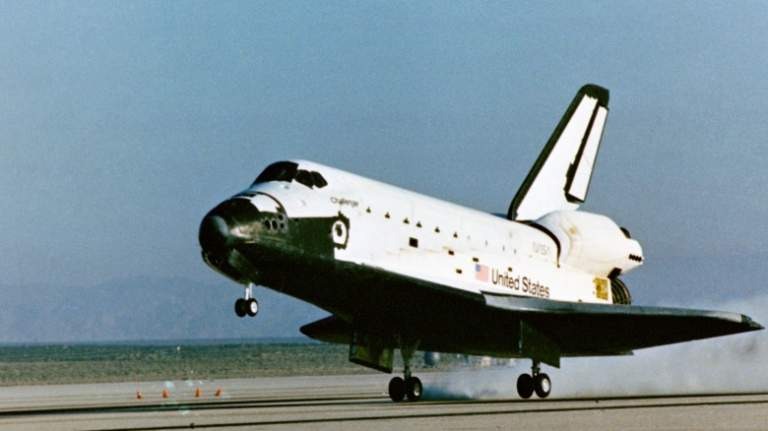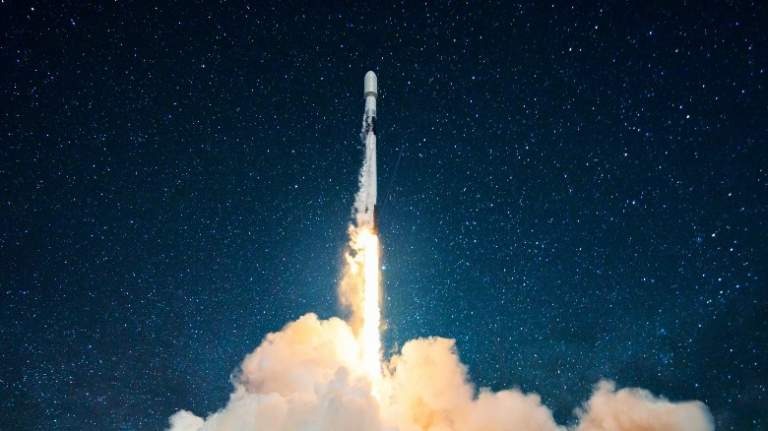How the Challenger Space Shuttle Tragedy Changed NASA Forever
Every generation has a tragic moment from its childhood that is unforgettable. For the Baby Boomers who were school-aged when President John F. Kennedy was assassinated and for the millions of Millennials who bore witness to the terrorist attacks on September 11th, 2001, there is no question that each one has a story about those horrific moments in United States history. They can recall what they were doing when the news stories broke, who they might have been with, and can perhaps still describe what it felt like to see something terrible unfold on television right before their very eyes.
For Generation X adults, that moment in history that we all tragically shared happened on the morning of January 28, 1986. Many Gen Xers were in their school classrooms, excited to see the launch of the Space Shuttle Challenger. Educators had been enthusiastically discussing this moment for months beforehand, as one of their own, high school teacher Christa McAuliffe, was about to make space history as the first secondary education teacher to be sent into space.
After the excitement of the pre-launch and the liftoff, the unspeakable happened. A mere 73 seconds after leaving the launch pad from the Kennedy Space Center, the shuttle exploded, killing McAuliffe and the other six astronauts on board (per Space). What those who witnessed this event might not have known, was that the Challenger explosion was going to forever change NASA.
A small O-ring probably caused the explosion
The ill-fated launch in 1986 wasn't to be the Challenger's first trip into the heavens. This shuttle had already completed nine earlier missions, including one that included the first spacewalk during the shuttle program on April 7, 1983 (via Space). This was also the same shuttle that carried the first female and the first African American astronauts.
After an in-depth investigation, it was concluded that a faulty O-ring was the reason the shuttle exploded. Space explains that "about 72 seconds into Challenger's flight, there was a massive, almost explosive, burning of the hydrogen that was streaming from the failed tank bottom, combined with liquid oxygen leaking from a part of the fuel tank known as the intertank. Under severe aerodynamic loads, the space shuttle Challenger broke apart over the Atlantic Ocean one second later, or one minute and 13 seconds after launch.
It's been theorized that the O-ring would not have malfunctioned had the launch occurred on a warmer day. In fact, a group of NASA engineers tried to persuade NASA to delay the launch, as they feared that colder temperatures would lead to a disastrous situation. They were overruled, and the launch continued as scheduled (per National Public Radio).
In the immediate aftermath of the Challenger explosion, it was determined that some changes needed to be made to NASA protocol.
Long-needed changes followed for NASA
While NASA had other plans to fly civilians into space, it was determined to be too much of a liability following the Challenger explosion. So the space agency suspended that portion of their program for the next 21 years. In 2007, McAuliffe's Challenger back-up was selected to go aboard the Endeavor. Teacher Barbara Morgan and a crew of six astronauts were launched into space to help work on the International Space Station (via The New York Times).
Three substantial changes were made to NASA's protocol. According to Space, "Satellite launches were shifted from the shuttle to reusable rockets. Additionally, astronauts have pulled off duties such as repairing satellites, and the Manned Maneuvering Unit was not flown again, to better preserve astronaut safety."
In an effort to harvest at least one positive from a tragic event, some of the surviving family members of the Challenger founded the Challenger Center for Space Science Education program. This not-for-profit provides middle school STEM students with space simulations and other learning activities, for those who are interested in space exploration.
Each January, NASA holds a "Day of Remembrance" in which they pause and give thoughts and tributes to those who not only perished aboard the Challenger but also for others who lost their lives in space-related disasters.


